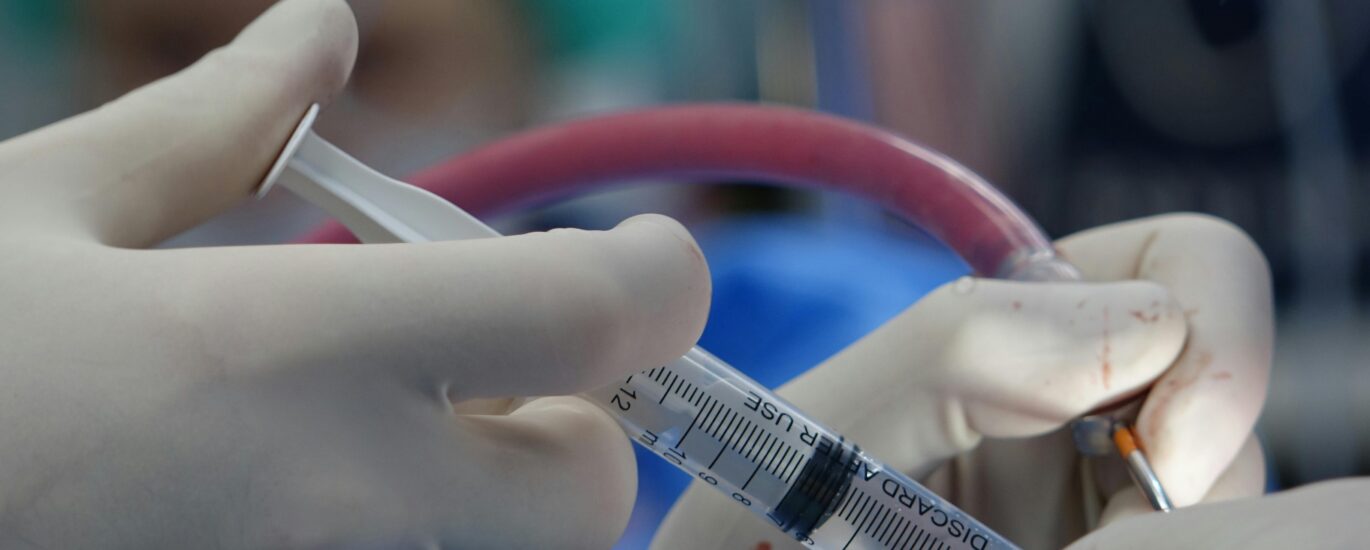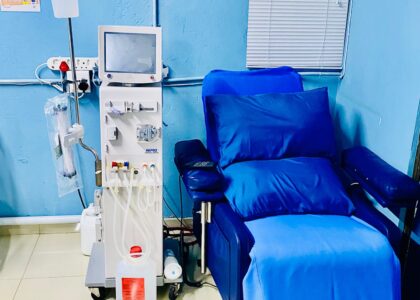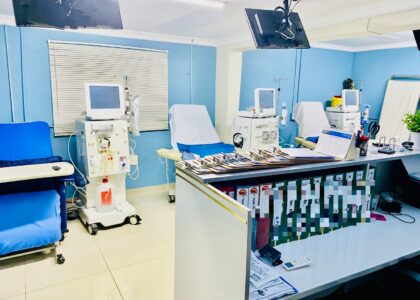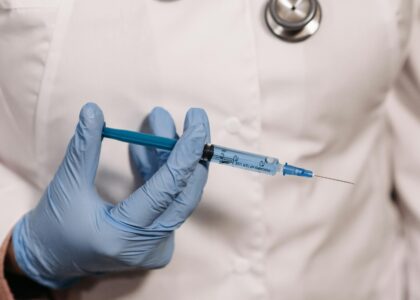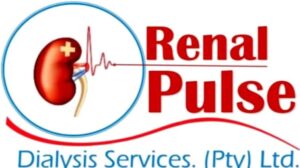Acute kidney injury (AKI) is a sudden loss of kidney function that can be life-threatening if left untreated. Acute hemodialysis (AHD) is a type of dialysis treatment that provides immediate support for patients with AKI, helping to remove waste products and excess fluids from the blood. In this blog, we will explore the role of AHD in managing AKI and its benefits.
*What is Acute Hemodialysis (AHD)?*
AHD is a type of dialysis treatment that uses a machine to filter waste products and excess fluids from the blood. It is typically used in critical care settings, such as intensive care units (ICUs), to support patients with AKI.
*When is AHD Used?*
AHD is used in various situations, including:
1. *Acute kidney injury (AKI)*: AHD is used to support patients with AKI, which can be caused by medication toxicity, sepsis, or trauma.
2. *Fluid overload*: AHD can help remove excess fluid from the body, which can be life-threatening in patients with AKI or heart failure.
3. *Electrolyte imbalances*: AHD can help correct electrolyte imbalances, such as hyperkalemia (high potassium levels), which can be life-threatening.
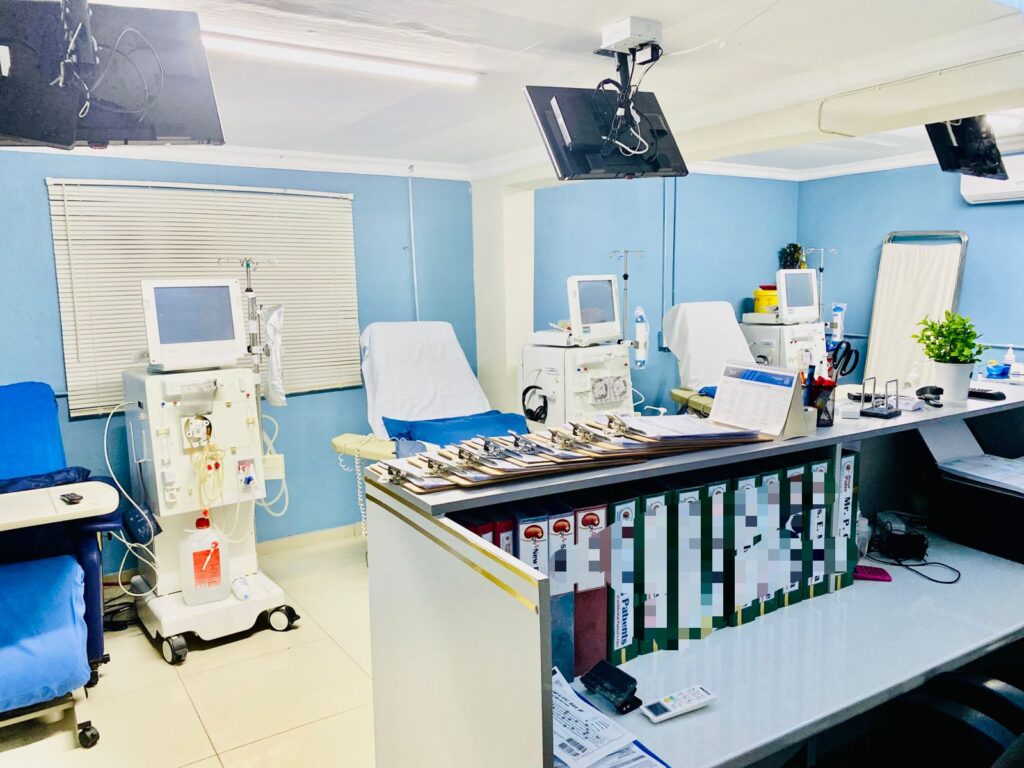
*Benefits of AHD*
AHD provides several benefits, including:
1. *Rapid correction of electrolyte imbalances*: AHD can quickly correct electrolyte imbalances, which can help prevent life-threatening complications.
2. *Removal of waste products*: AHD can help remove waste products, such as urea, from the blood, which can help reduce the risk of complications.
3. *Support for critically ill patients*: AHD can provide life-sustaining support for critically ill patients with AKI.
*What to Expect During AHD*
During AHD, patients can expect:
1. *Vascular access*: AHD requires vascular access, which can be a challenge in critically ill patients.
2. *Monitoring*: Patients undergoing AHD require close monitoring to ensure the treatment is effective and to prevent complications.
3. *Adjustments*: AHD settings may need to be adjusted to meet the individual needs of each patient.
*Conclusion*
AHD is a life-saving treatment for patients with AKI, providing immediate support and helping to remove waste products and excess fluids from the blood. By understanding the role of AHD in managing AKI, healthcare providers can provide timely and effective treatment, improving patient outcomes.
*Take Action*
1. *Seek medical attention*: If you or a loved one is experiencing symptoms of AKI, seek medical attention immediately.
2. *Stay informed*: Educate yourself on AKI and AHD to better understand the treatment options.
3. *Work with your healthcare team*: Collaborate with your healthcare team to develop a treatment plan that meets your individual needs.
By working together, we can improve patient outcomes and provide the best possible care for those affected by AKI.


